Melbourne Street Art
Melbourne street art has made its mark on the world stage by producing a plethora of high quality images to rival that of the New York scene! It has been labelled the “Stencil Capital of The World” after Melbournians embraced the art form early after its inception. One of the best sight seeing things to do in Melbourne is to walk around the CBD unearthing pieces of art hidden down dark, dingy alleyways.
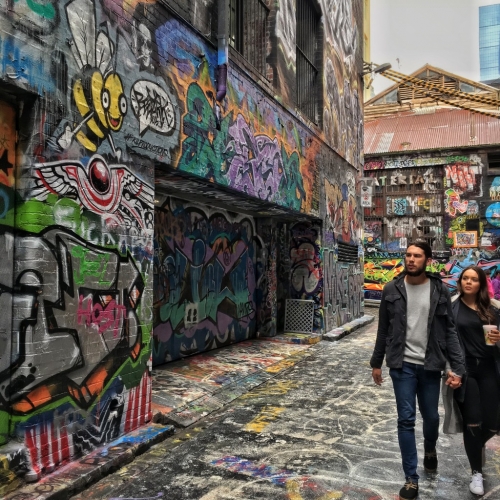
On my last trip whilst photographing some street art, I sought shelter in an alcove as it had started to rain. Rain is a common occurrence in Melbourne, four seasons in one day is how I would describe the weather there. My eyes and nasal passages suddenly had started to burn. The stench of hobo urine in the doorway had engulfed all of my senses and I had nowhere to escape! It was either circumvent the downpour or run the risk of never being able to taste food again. I could take it no more and chose the first option, running for freedom towards the nearest coffee outlet. Melbourne street art is amazing but some of the locations that the artists have chosen to display their work are magnets for drunk Melbournians to relieve themselves in. There are a number of notable Melbourne street artists such as Fred Fowler, Vexta and Facter whose work can be seen dotted throughout the following list of locations.
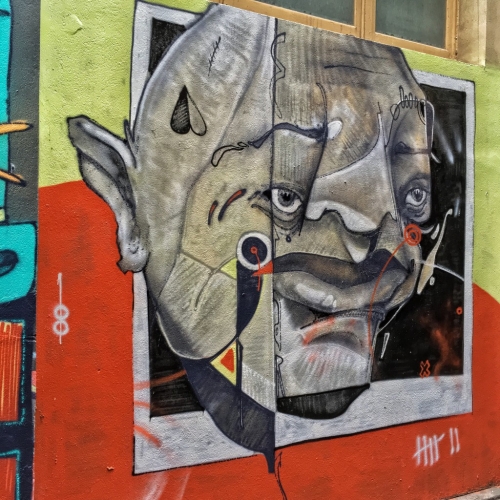
Locations
Here is a non exhaustive list of places to view Melbourne street art.
- Blender Lane
- Behind corner of Queen and Franklin streets
- Finlay Lane
- Corner 361 Little Bourke Street and Rankins Lane
- Caledonian Lane
- Drewery and Sniders lanes
- Stevenson and Tattersalls lanes
- Croft Alley
- Russell Place
- Presgrave Place
- Union Lane
- Flinders Court
- Centre Place
- Hosier and Rutledge lanes
- AC/DC Lane and Duckboard Place
Street Art Images
If you don’t feel like discovering these gems for yourself, you can have your hand held and be lead around on a Melbourne street art tour. Here is a collection of Melbourne street art that I captured on my last visit to Melbourne.
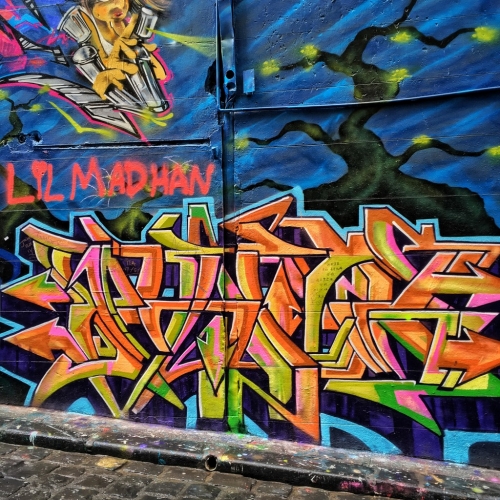
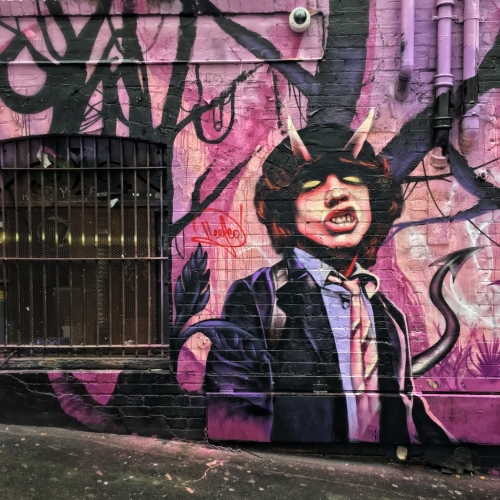






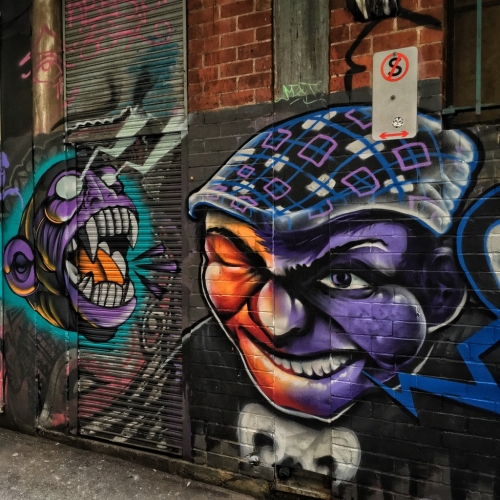




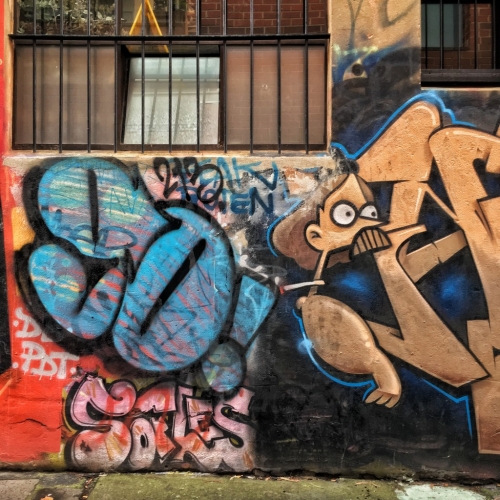



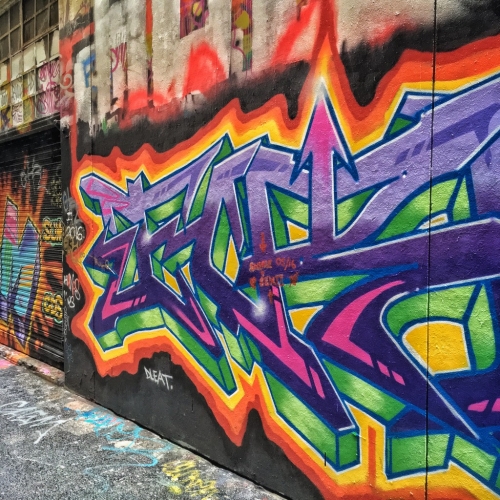

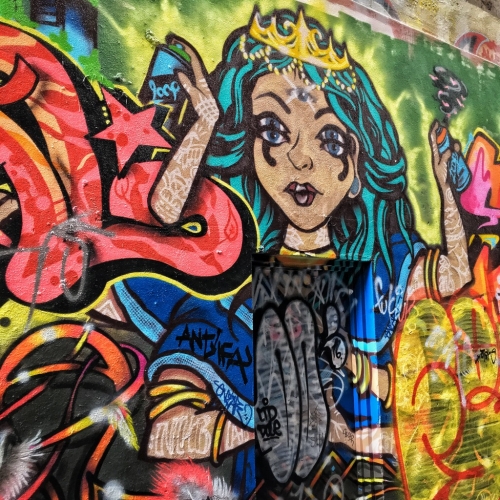
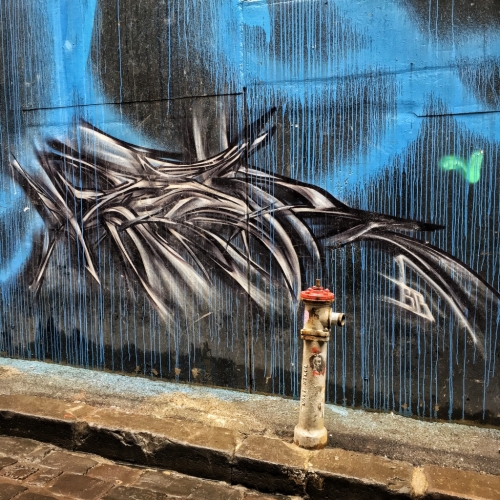


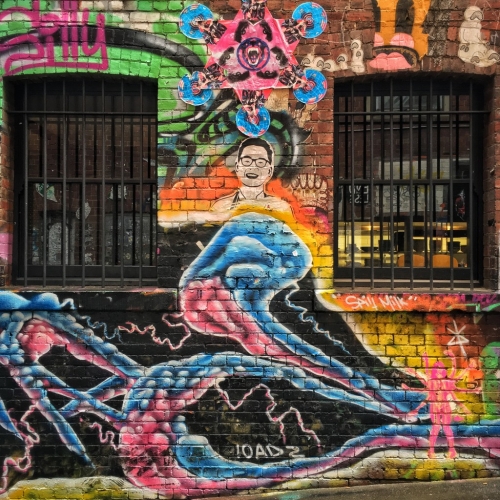
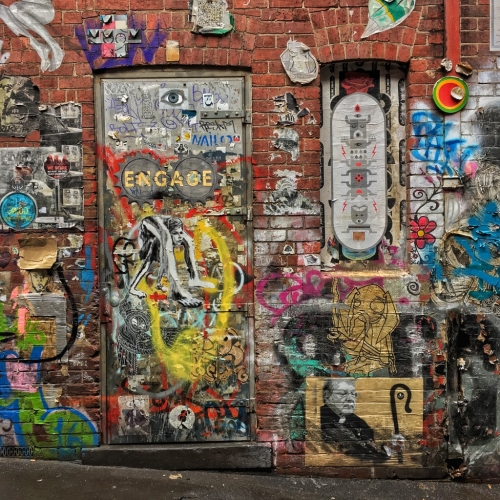


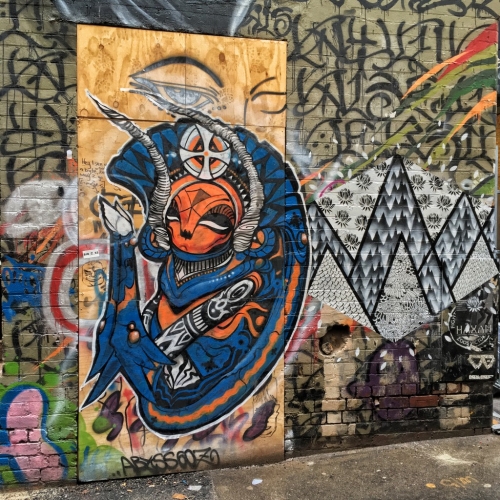
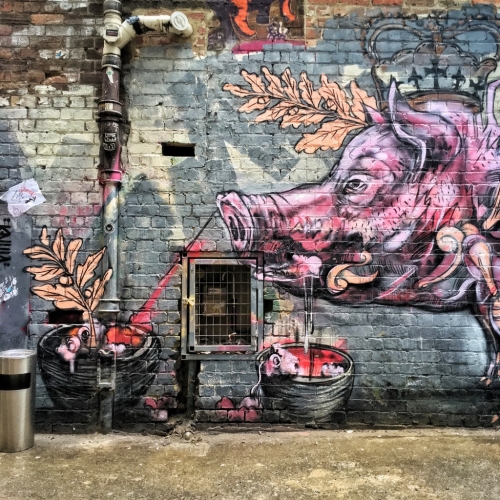

I do not like graffiti, because they are like the tattoos of cities, and they show marginality. But I can not deny that they also represent the life of the cities. You did very good graphic report !!!
Thanks mate. These pieces of art are displayed in designated areas and are allowed by the cities.